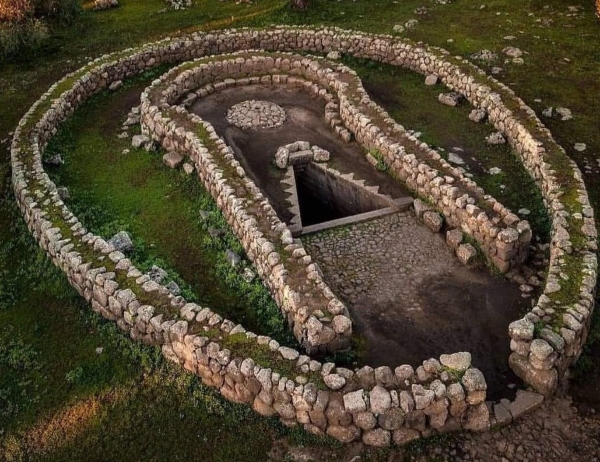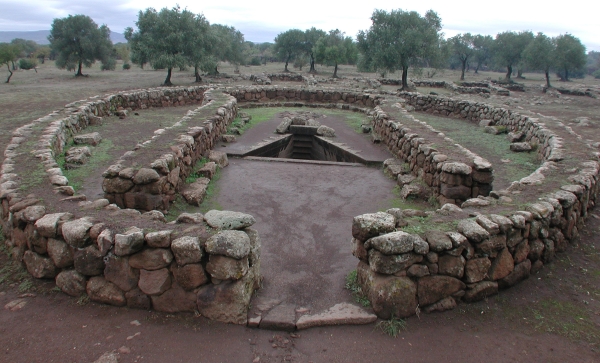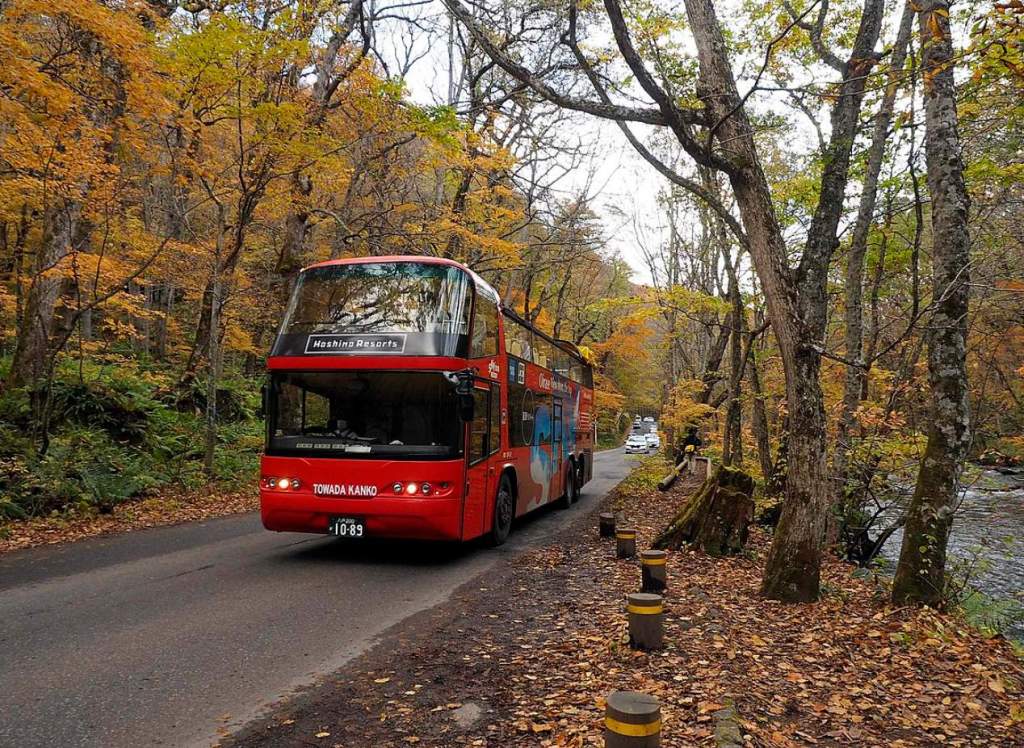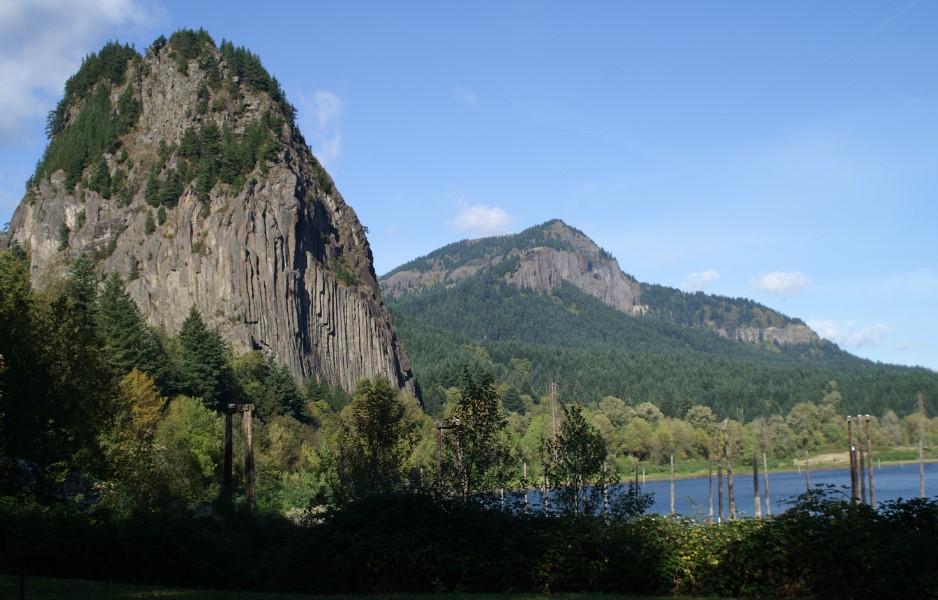The Well of Santa Cristina, or Nuragic Holy Well, is a unique Sardinian hypogean Bronze Age site that was used for the piety of the water. The Well of Santa Cristina is not really a well, but in the conventional sense, it has absolutely nothing to do other than that it is close to a rural church built in honor of her. The inside complex is a roughly one-hectare Nuragic site that is situated in Paulilatino, Sardinia, Italy. You have to give the person who came up with the name a little leeway, though, as the true nature of the structure is difficult to capture in a beguiling nickname.
The Well of Santa Cristina was associated with water cults, the focus of religious rituals and pilgrimages that united all communities; even now, water is dug into the basin from an ongoing slope, and the level is constant. Some researchers speculate that the sanctuary served as a location for astronomical observation, allowing for the measurement and examination of celestial motions. A number of occurrences that take place at specific periods throughout the year seem to support this notion. They were expert builders who left behind a great deal of spectacular construction, such as the tall, tower-like nuraghe.
The well is part of a complex of shrines built in the 12th or 11th century BC by the Nuragic Civilization. It was also called Nuragic culture, and the only written records of this civilization that have been found are a few possibly brief epigraphic manuscripts from the final phases of the Nuragic civilization. It is one of the most significant Nuragic sites still in existence.
Whatever remains of the Nuragic village, including a single tower nuraghe, and the Christian village surrounding, supported by the themenos, an elliptical sacred enclosure that separates the area of worship from the profane one, which encompasses another one that has the form of a lock. What is evident is that this location was centered around the well, which would have served as the focal point of the holy place. With irregularly shaped stone blocks, the earliest temples were constructed in the nuraghe style. As time went on, they were constructed with more precision.

The Nuragic religion appears to have involved many symbolic depictions of fertility, including a cult of water that used the different feminine aspects of the divine. The Nuragic Civilization, which inhabited Sardinia from the 18th century BC to the 2nd century CE, is known for its remarkable stone constructions and highly skilled masons, but they left no written records behind. For this reason, although it is evident from context that the area surrounding the Well of Santa Cristina was a place of honor with a meeting hut and accommodations, it is not certain what the site’s beliefs were or what rituals would have been performed there.
Before reaching the well, which is a nearly 7-meter-tall circular cell with an ogival dome on top, there is a passage that leads to a 24-step staircase. The stairwell narrows as it gets closer to the chamber. The steps are covered with architraves that give the impression of an amazing upside-down staircase.
The well comprises an elliptical enclosure encompassing a trapezium-shaped opening in the ground, with stairs leading down to a circular, domed subterranean chamber that contained the spring. The well is positioned so that, on equinoxes, the sun completely illuminates the bottom of the well, passing through the stairwell and reflecting on the water. An even more remarkable and enigmatic phenomenon concerns the moon: once every eighteen years and six months, at the height of the moon, light from the moon traverses the opening on top of the well.
The masonry in the steps and the walls of the well entry still displays the smooth, precisely squared stonework characteristic of Nuragic structures, and the ratio among the base and the height of the dome coincides, with very little mistake, with astronomical arithmetic. It is believed that people flocked to the Well of Santa Cristina to worship water and request blessings for their cattle and crops.
The ruins of a nuraghe, the distinctive conical stone fortifications that gave rise to civilization, are located nearby; visitors are permitted to enter the well and speculate about the nature of the intense ancient ceremonies that must have taken place there. The well of Santa Cristina is a well-liked tourist destination and one of Sardinia’s most significant archeological sites; it is open to the public and recognized as a UNESCO World Heritage Site.
Read More: Two Eye Cave in Bulgaria







